We were all eager to see 2020 come to an end, but it’s clear that we are still feeling the year’s effect, even in 2021 - we’re still working from home, shopping online, streaming shows . . . I don’t anticipate any of these going away anytime soon.
The same goes for the advertising industry where the stay-at-home orders accelerated an already growing trend toward small screens. In 2020, US adults increased time spent on all mobile devices by 14.1%. How publishers respond and adjust for this continuing trend will separate the winners from the losers.
Today, publishers benefit from the access social platforms provide - Facebook, Instagram, and Google News act as distribution channels for editorial content. Although these channels help publishers make their content discoverable, the social platforms continue to take the lion’s share of advertising budgets compared to their editorial counterparts.
Why? Advertisers love the reach, viewability, targeting, clean user experience and ease of activation social offers. However, as brands become increasingly concerned about the environments they appear in, there is inherent risk surrounding user generated content, the DNA of social. As pressure grows from users, advertisers, and governments for social platforms to create and uphold better community standards, premium publishers have an opportunity to lean into their strengths and publicize their differentiators:
- Fact-based - Professional editorial teams develop quality, brand-safe content under strict guidelines to ensure truth & honesty in reporting.
- Contextual - Publishers are primed to offer viable contextual solutions to reach brands’ audiences, which is crucial as the cookie crumbles. Cookie-free targeting strategies are the way of the future as the industry will be forced to pivot from the traditional audience strategies.
- Curated Content - As Apple reduces the shelf life of IDFA, publishers can utilize curated content to innovate on other contextual attributes like article sentiment to drive meaningful outcomes for marketers.
By accentuating these key differentiators, publishers have the opportunity to capture new audiences and recoup share of the marketing budget pie. How to capture even more dollars? Focus on the consumer experience.
Consumer Experience
It is time for publishers to move beyond editorial content and add user experience to their focus. The problem is, more often than not, content (a publisher’s CMS) and ad tech work against each other, resulting in publishers losing control over this dynamic, or any real ability to make things better. Employing the right CMS technology is key to creating an experience that drives retention and return visits, and it starts with optimizing for:
- Speed - Page feed is critical to building an audience, growing SEO and increasing user time on site. According to Pingdom, only 9% of users bounce when a page loads in 2 seconds. However, when page load increases by an additional second—to a total of 3 seconds—bounce rate increases to 38%.
- Know who is representing your site -Conduct a simple audit of your ads.txt to get a full understanding of who is representing and selling your properties.
- Ad tech partner access points - Publishers should be selective as to which client-side and server-side solutions are deployed and how partners are configured to reduce latency. Many publishers leverage the tech of IndexExchange, Amazon’s A9 or Prebid to surface their inventory for their header wrapper solutions.
Capture User’s Attention
There is a key difference between the way consumers engage with social vs. editorial content on a mobile device- scroll velocity. Thinking about my own behavior, I fly through my social feed and occasionally stop on an image that catches my eye. In editorial, I have a much slower scroll speed as I am taking in the page and content I’m reading.
Kargo’s Feed vs Read study utilized eye tracking technology to compare the value of high-quality content in social vs web environments. Research showed that users in editorial environments are exposed to an ad for 14x longer and can recall an ad up to 5x faster than within social media.
Publisher’s can use the inherent attention on their sites to double-down on their digital footprint:
- Make connections with diverse viewpoints - Is your editorial team representing different cultural communities and voices that your readers can trust?
- Stand out from the crowd with live and digital events
- Create new touchpoints (ie. podcasts)
- Get creative with display advertising -Think aspirational—full bleed, branded videos and immersive experiences for audiences.
Small businesses are a big market
Facebook generated $70B in ad revenue in 2019. Surprisingly, only $4B came from the highest spending top 100 brands. Small and medium sized businesses represent a huge opportunity for publishers. An important way to jump on it is by making it easier for these smaller businesses to buy display and video advertising, particularly through automation.
A new year represents a good time to reset. After the whirlwind that was 2020, publishers should address the challenges today’s digital landscape presents by developing plans to diversify their revenue streams, increase their reach, and create more opportunities for advertisers to activate.
Watch Mike’s full presentation or reach out today to speak with a Kargo team member to learn more.

-1.png?height=100&name=image%20(4)-1.png)
